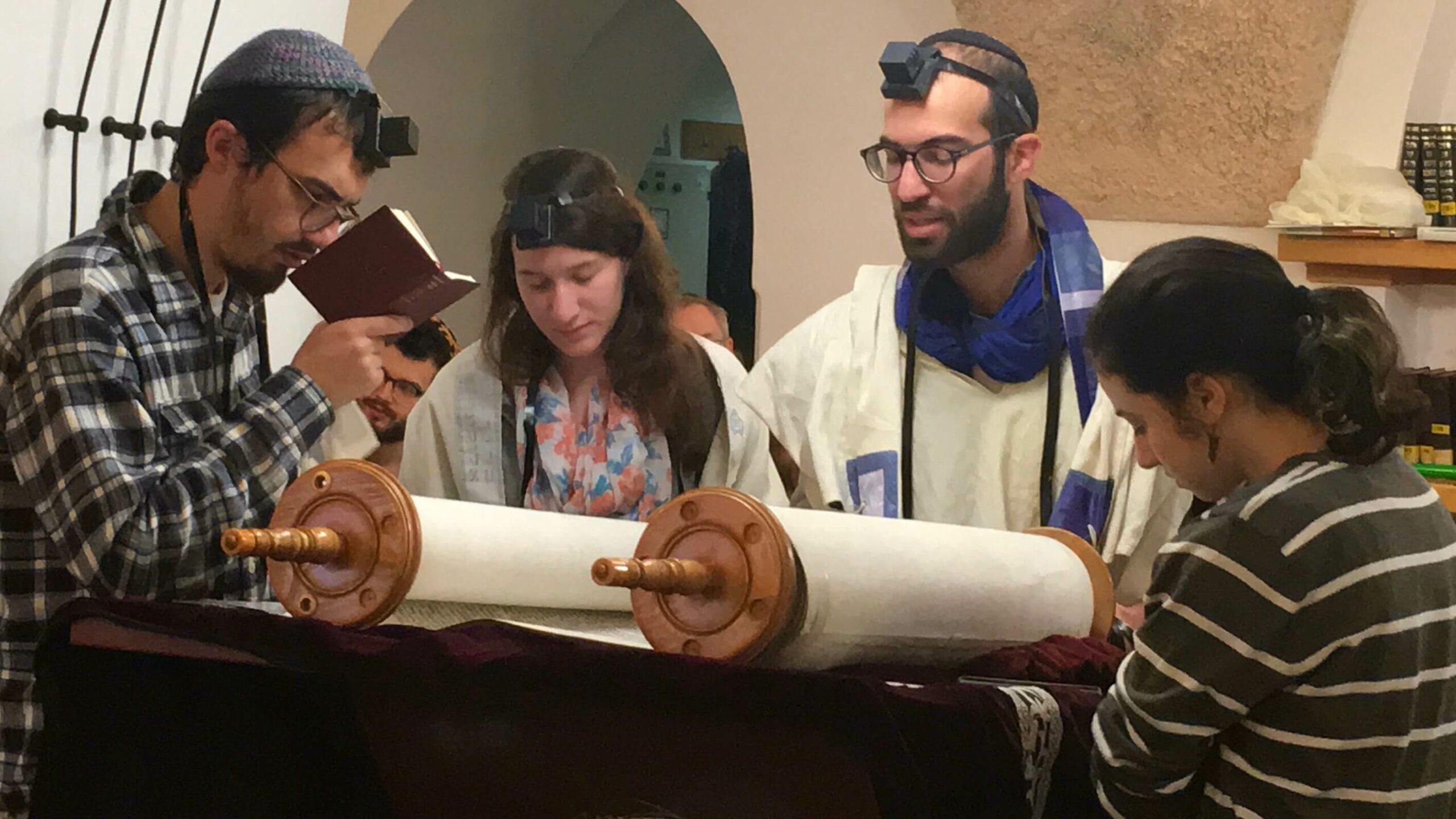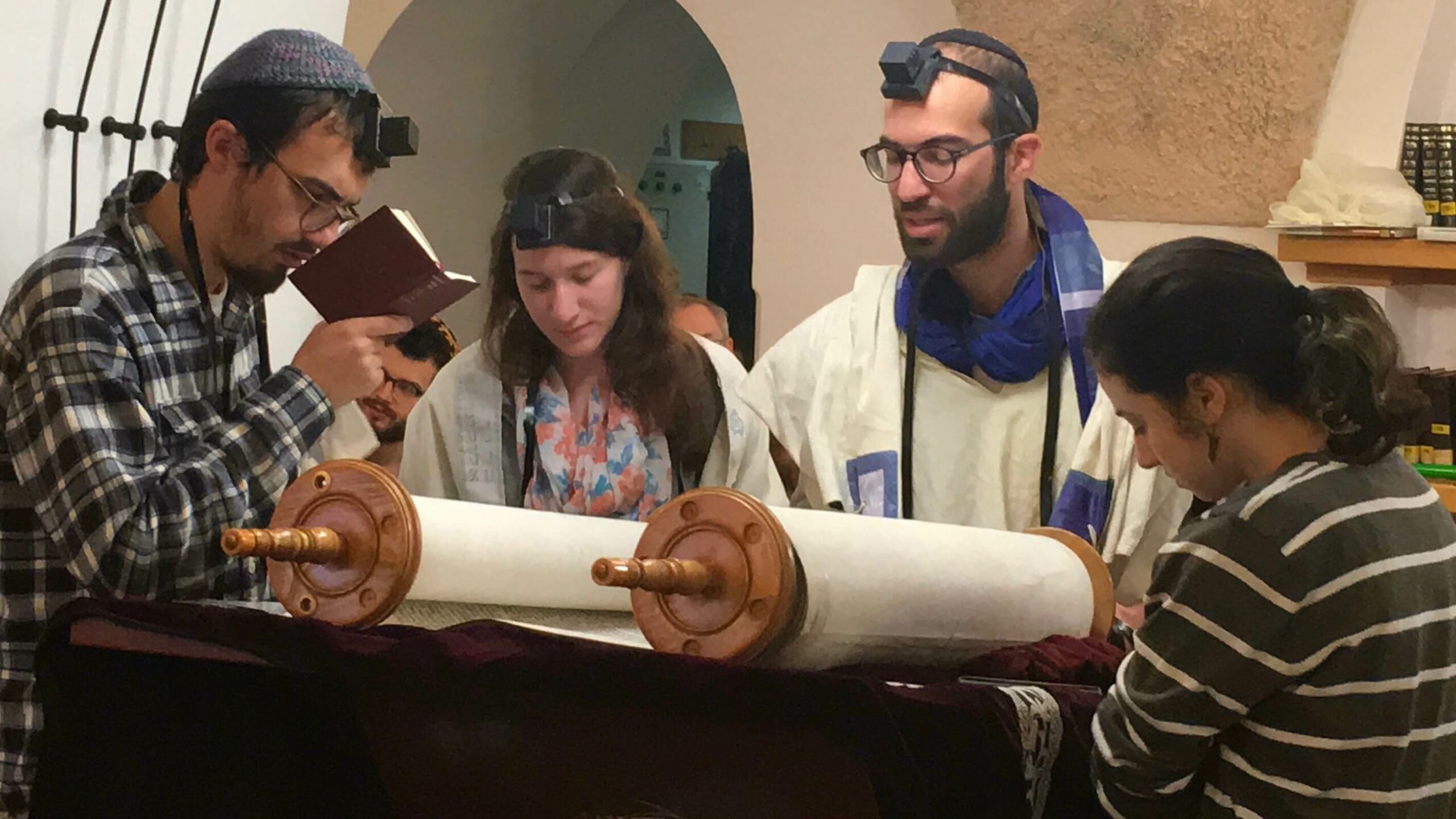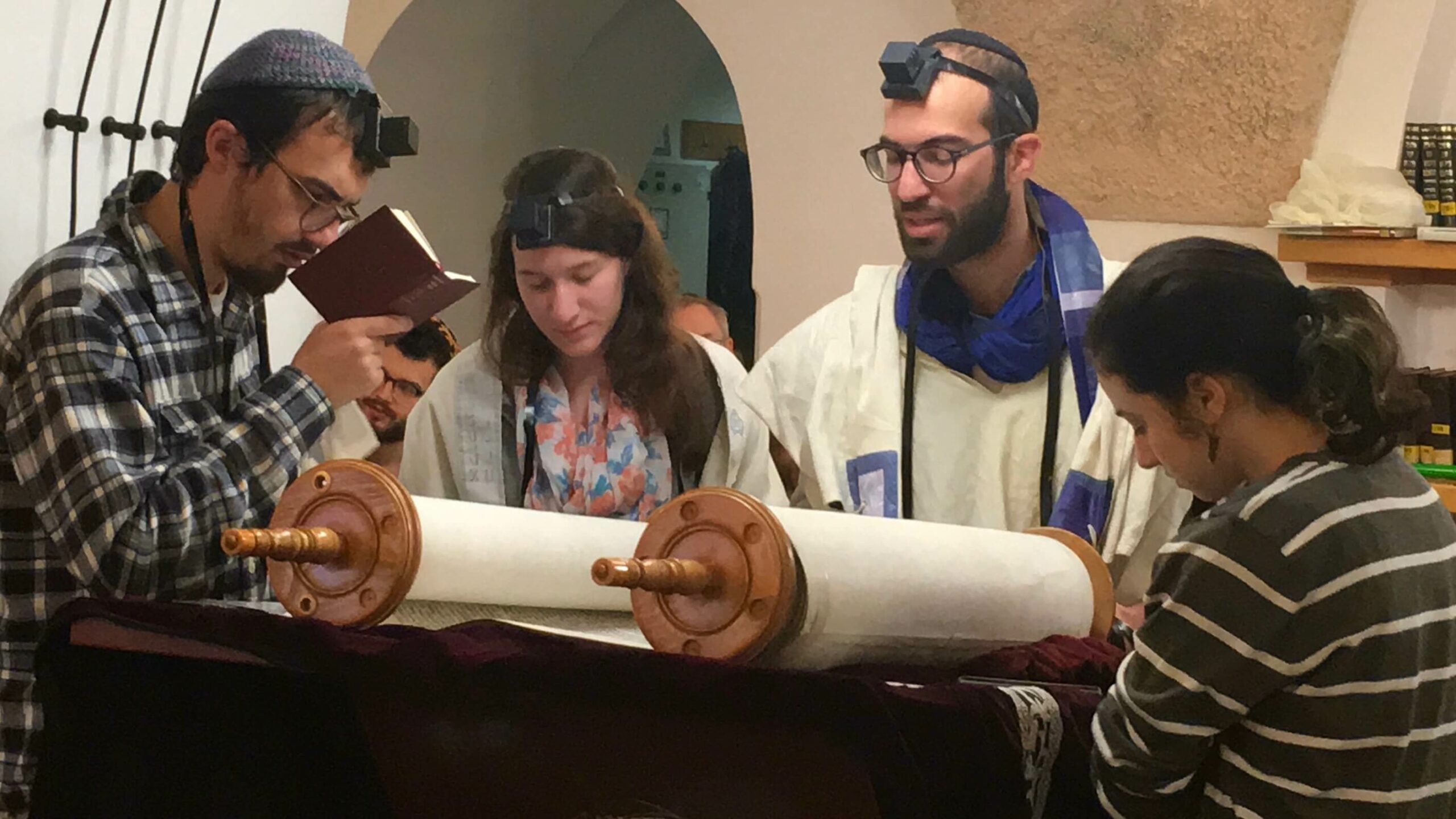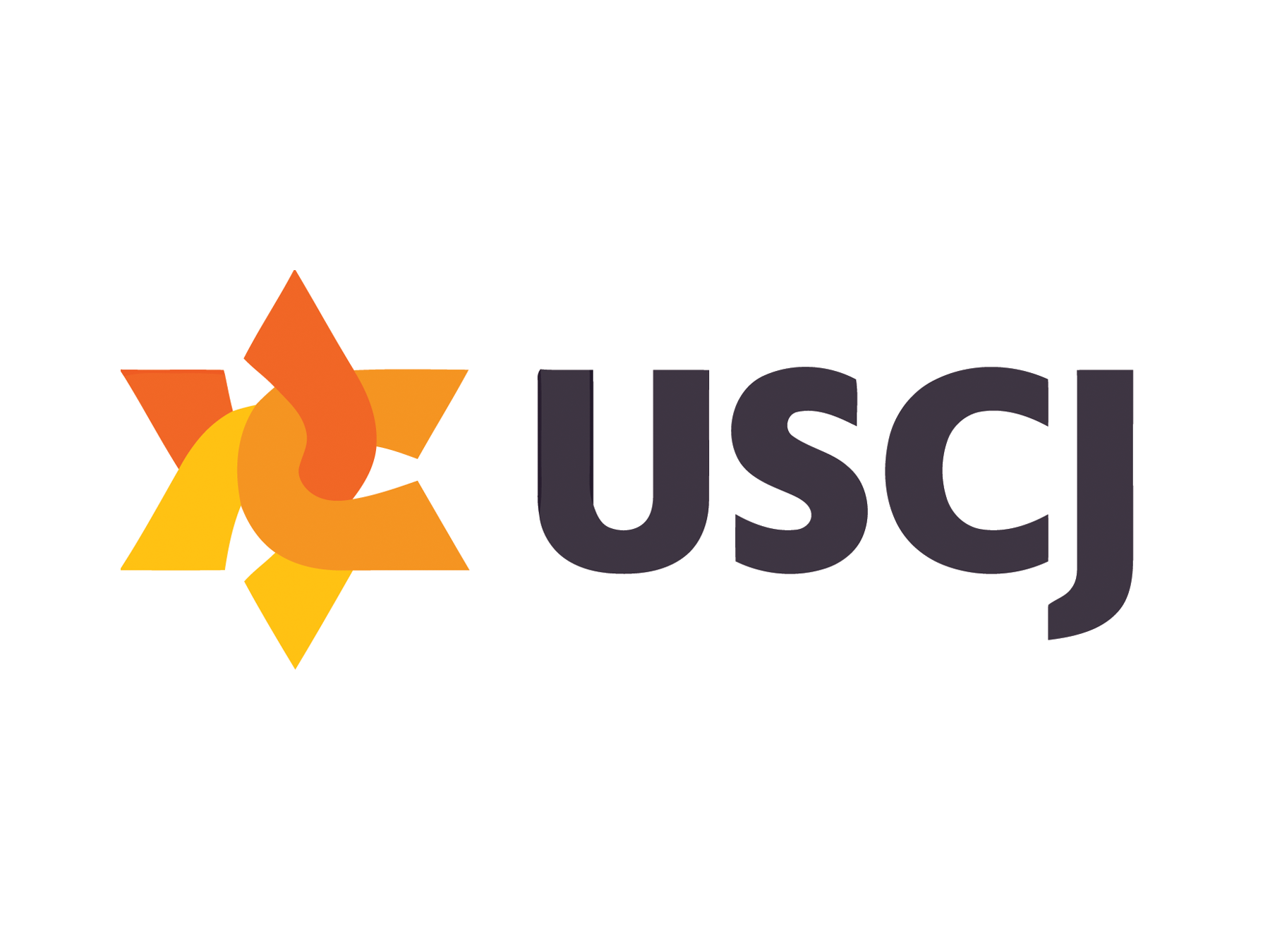

TORAH SPARKS (print friendly version)
February 9, 2019 I 4 Adar I 5779
Annual | Exodus 25:1-27:19 (Etz Hayim p. 485-498; Hertz p. 325-336)
Triennial | Exodus 26:31-27:19 (Etz Hayim p. 495-498; Hertz p. 333-336)
Haftarah | 1 Kings 5:26-6:13 (Etz Hayim p. 499-502; Hertz p. 336-338
D’var Torah: Building Institutions with Joy
Dr. Joshua Kulp, Conservative Yeshiva Faculty & Rosh HaYeshiva
In this week’s parashah, Terumah, the Israelites in the desert face the challenge of their generation—to build a structure in the desert through which they can meet God. The Mishkan, or Tabernacle, is the first fixed place of Jewish worship and as such, it is the model for everything that comes after. But our parashah is not about what went on in the Mishkan—it is about financing its construction, and this gives us the opportunity to examine a dispute between the commentators as to how this campaign was accomplished and perhaps reflect some on how we finance our own institutions.
The opening verse of the chapter seems to refer to a fully voluntary system; “Tell the Israelite people to bring Me gifts; you shall accept (va-yikḣu) gifts for Me from every person whose heart so moves him.” The word that is translated as “gifts” is “terumah” and does not necessarily mean a voluntary gift. But the phrase at the end, “every person whose heart so moves him” certainly gives the impression that the material used to build the Mishkan was given voluntarily. Indeed, R. Meir Leibush Weiser (Poland, 1809-1879, known by the acronym “Malbim”) noted two other linguistic features that prove that the donation was voluntary. First of all, the word command is not used here. Second, the word “Me” implies that the gift must be dedicated only with the intention of worshiping God and not for any ulterior motive such as personal honor.
However, the Malbim’s contemporary, R. Naftali Zevi Yehudah Berlin, (Lithuania, 1817-1893, known by the acronym, Netziv) raised several difficulties on this assumption, some of them practical. What would have happened, the Netziv asks, if the Israelites had not donated material to build the Mishkan? Would there simply not have been a Mishkan? Rabbinic literature rules that members of a town can force one another to pay for the building of a synagogue. All the more so should this be true of the Mishkan, which after all, the Jews were commanded to build (Exodus 25:8). Thus the Netziv would not translate the word va-yikḣu as “accept” but rather as “you (i.e. tax collectors) shall collect.”
However, the problem for the Netziv is the end of the verse—“every person whose heart moves him”—which clearly implies a voluntary donation. The Netziv resolves the problem (his resolution is already echoed in Rashi’s interpretation) that there are multiple collections taken for the Mishkan. There is a mandatory collection which in the Netziv’s mind must have been sufficient. After all, the Mishkan was a necessary institution without which the Israelites could not have maintained their relationship with God. There are two reasons that this donation had to be mandatory. First of all, building essential institutions cannot be left up to the whimsical generosity of the people. Second, mandatory donation implies equal participation—everyone has an equal stake in building the Mishkan.
But necessity and equality are not meant to stamp out the human possibility and desirability of generosity. Encouraging the generous donation of one’s hard-earned resources is beneficial not only for the receiver but also for the donor. I do not get warm fuzzies paying my taxes, even though I know that part of these taxes goes to healing the ill. But ask me to donate money to help kids with Muscular Dystrophy (as I did for my last triathlon) and I will feel happiness and fulfillment every step of the way. The Netziv leaves room in his system for both the mandated base, necessary for institution-building, and the voluntary addition, which brings joy to the hearts of the giver.
Today, in most places, and certainly outside of Israel, Jews cannot be forced to participate in the building of synagogues, or any other Jewish institution. The challenge our generation faces, I think, is to bring ourselves and our communities to the point where we understand that having a strong synagogue is essential for a community. The mitzvah to build strong communal structures must, today, be self-imposed, not all that different than the way we conceive of most mitzvot. And to build a community, both the poor and the rich must participate. Finally, we must recover that sense of joy that our ancestors experienced in voluntarily donating beyond the minimum amount. Like those Jews in the desert, whose resources were surely less than ours, we must become joyous institution builders.
Parashat Terumah Self-Study
Vered Hollander-Goldfarb, Conservative Yeshiva Faculty
The story of the Exodus pauses to focus on another story: The building of the Mishkan (literary ‘a dwelling place’) – the Tabernacle. This week we get the initial instructions for making a portable temple.
1) Last week we left Moshe as he ascended Mount Sinai and remained there for 40 days and 40 nights. Now we are reading about the instructions for building the Tabernacle. Why do you think that the Torah placed our Parasha at this juncture?
2) We open with the instruction to the people to ‘take a donation,’ each should give as they wish (25:1-7). Considering the verb used ‘to take a donation’ rather than ‘to give’ one, who do you think this instruction might have been meant for?
3) Moshe is told to make the Mishkan and its furnishings according to how God shows him (25:9). Why do you think that God had to show (visibly) to Moshe what it should look like, rather than just give the production instructions?
4) On top of the Ark, which will contain the Testimony that God will give to Moshe, are 2 cherubs (25:18-22). God tells Moshe that He will meet with him there and speak to him from between the two cherubs. What is the significance of the voice of God coming from that location?
5) The actual Mishkan is made of richly woven fabrics, but the outer layer is made of hides (26:1-14). What would be the logic of that?
D’var Haftarah: Reading In & Reading Out
Rabbi Mordechai Silverstein, Conservative Yeshiva Faculty
The art of interpretation is as much about reading “into” the text as it is about reading “out”. In other words, interpreters tell us as much about themselves as they do about the text they are interpreting. Rabbi Haim Hirschensohn, a Talmid Hacham born and bred in Eretz Yisrael at the end of the 19th century and then transplanted to the United States where he served as a rabbi in Hoboken, NJ, is an interesting example of this phenomenon. A thoroughly pious Jew, he was also highly influenced by the intellectual and political environment in America. Some ninety years ago, he wrote a book where he analyzed the “britot” or covenantal treaties found in the Tanakh. Among the treaties he examined was the treaty between King Solomon and King Hiram of Tyre. In his analysis, he focused on the unusual way the opening verse of our haftarah describes the relationship between these two kings and how it is reflected in the political interaction between them.
The haftarah opens: “And the Lord had given wisdom to Solomon as He had spoken to him. And there was peace between Hiram and Solomon and the two sealed a pact” (5:26) It was the juxtaposition of these two sentences, one describing Solomon’s divinely granted wisdom and the other concerning the establishment of the covenant between Solomon and Hiram which made a deep impression upon Hirschensohn. From it and its context, he deduced that treaties are formed through the “wisdom” of understanding that common interests and needs can overcome differences and help avoid conflict. In the case at hand, Hirschensohn points out that Hiram and his people were from the seven forbidden Canaanite nations. Nevertheless, Solomon made a treaty with him based on the economic and trade interests of both nations. Similarly, Hirschensohn points out that Solomon showed similar discernment in his judicious restraint in engaging in war, which apparently included some surprising territorial compromises. To Hirschensohn’s thinking, Solomon judiciously avoided capricious geo-political behavior. (Elu Divrei Habrit, pp. 11-113)
In sum, it is clear that Hirschensohn’s worldview was shaped by the pragmatic optimism what was current in America before World War 1. He obviously saw Solomon’s diplomatic behavior through this prism. That textual interpretation can so deeply reflect the interpreter and his or her times should make clear two things: first, that there is no single definitive way to look at the stories in the Tanakh, and second, that there is much to be gained by a wide diversity of individuals, generation after generation, adding their interpretations to the growing body of Torah.








